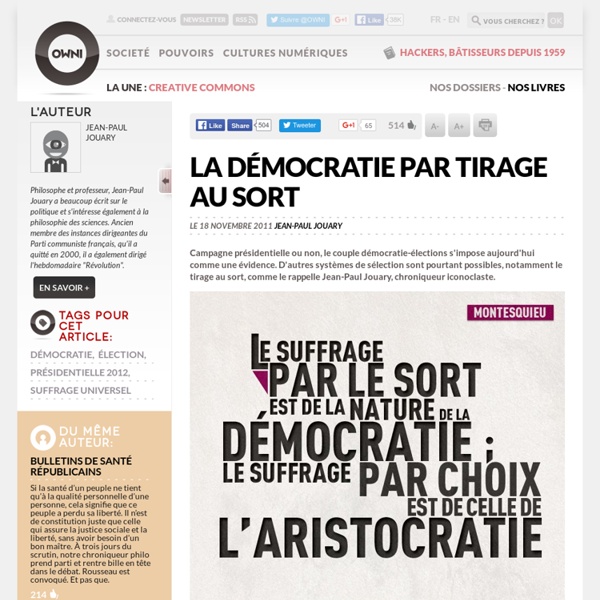Maker's Schedule, Manager's Schedule
July 2009 One reason programmers dislike meetings so much is that they're on a different type of schedule from other people. Meetings cost them more. There are two types of schedule, which I'll call the manager's schedule and the maker's schedule. When you use time that way, it's merely a practical problem to meet with someone. Most powerful people are on the manager's schedule. When you're operating on the maker's schedule, meetings are a disaster. For someone on the maker's schedule, having a meeting is like throwing an exception. I find one meeting can sometimes affect a whole day. Each type of schedule works fine by itself. Our case is an unusual one. I wouldn't be surprised if there start to be more companies like us. How do we manage to advise so many startups on the maker's schedule? When we were working on our own startup, back in the 90s, I evolved another trick for partitioning the day. Speculative meetings are terribly costly if you're on the maker's schedule, though. Related:
Cradle-to-cradle design
Cradle to Cradle design (also referred to as Cradle to Cradle, C2C, cradle 2 cradle, or regenerative design) is a biomimetic approach to the design of products and systems. It models human industry on nature's processes viewing materials as nutrients circulating in healthy, safe metabolisms. It suggests that industry must protect and enrich ecosystems and nature's biological metabolism while also maintaining a safe, productive technical metabolism for the high-quality use and circulation of organic and technical nutrients.[1] Put simply, it is a holistic economic, industrial and social framework that seeks to create systems that are not only efficient but also essentially waste free.[2] The model in its broadest sense is not limited to industrial design and manufacturing; it can be applied to many aspects of human civilization such as urban environments, buildings, economics and social systems. Introduction[edit] Biological and Technical Cycles Biological and technical cycle Health[edit]
Stop Competing to Be the Best - Joan Magretta
With Cyber Monday, the tablet wars kicked into full swing. Which one is the best? Is it the iPad? The Kindle? Who has the best technology? But if you want to win, says Michael Porter, this is absolutely the wrong way to think about competition. Consider a business as prosaic as seating for airport waiting areas. If there is no “best” airport seat, now think about all of the industries in the economy. Yet, it’s a pervasive idea. In war, there can be only one winner. Here’s the problem: When rivals all pursue the “one best way” to compete, they find themselves on a collision course, trapped in a destructive, zero-sum competition that no one can win. Instead, Porter urges a different kind of competition: compete to be unique. Grasp the true nature of business competition and you’ll see that the performing arts provide a better analogy than war or sports. What’s your organization’s underlying model of how competition works?
First, Let's Fire All the Managers
Management is the least efficient activity in your organization. Think of the countless hours that team leaders, department heads, and vice presidents devote to supervising the work of others. Most managers are hardworking; the problem doesn’t lie with them. A hierarchy of managers exacts a hefty tax on any organization. Second, the typical management hierarchy increases the risk of large, calamitous decisions. Third, a multitiered management structure means more approval layers and slower responses. Finally, there’s the cost of tyranny. Hierarchies Versus Markets No wonder economists have long celebrated the ability of markets to coordinate human activity with little or no top-down control. That’s why we need corporations and managers. Wouldn’t it be great if we could achieve high levels of coordination without a supervisory superstructure?
The Story of Stuff Project
The Visual Thinking Revolution is Here!
We are in the midst of a “Visual Thinking Revolution” and leaders in all types of organizations are embracing visual thinking as a literacy of the future. Source: MBA Career Service Professionals (click to enlarge) This revolution’s “tipping point” came earlier this year at the International Forum for Visual Practitioners annual conference, which drew 100 visual practitioners from across the globe. The panel I moderated with Business Models Inc. We live in an increasingly VUCA world. If you’re still not convinced that the Visual Thinking Revolution has arrived, what could be better proof than the Saturday Night Live parody of the visual thinking-inspired UPS commercial. Looking forward, we can expect that each of these emerging trends will only get stronger. At this time of year when we when we have made promises to do things differently— eat healthier, hit the gym more— how about also resolving to wield a marker in service of communicating new ideas and possibilities?



